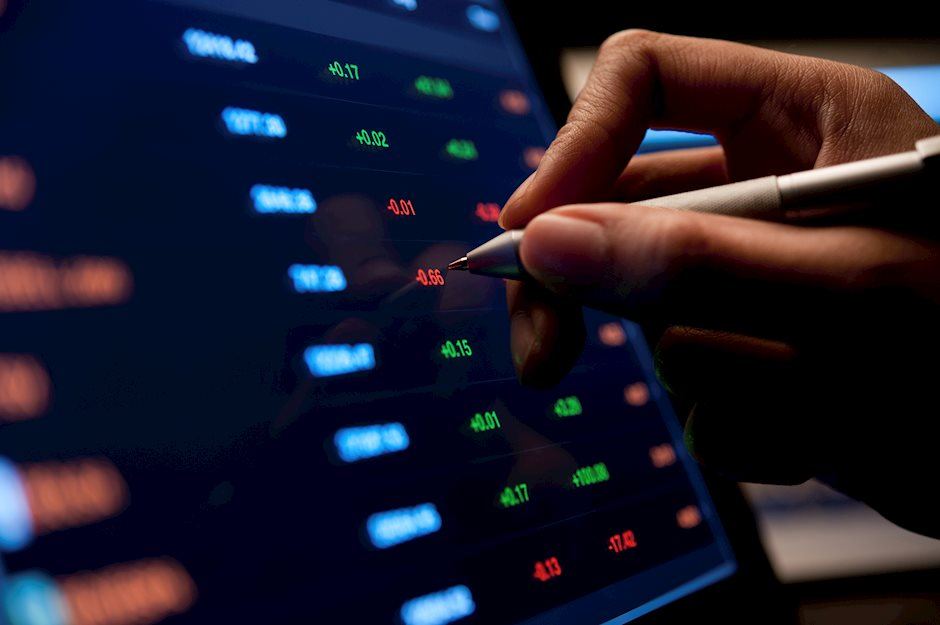If you invested $5K in NVIDIA stock ten years ago – How much would you have now?

You’d be hard-pressed to find a company that has had a better run lately than NVIDIA (NASDAQ: NVDA).
Last year, NVIDIA stock was one of the best performers on the S&P 500 and the Nasdaq 100, returning 239%. That dominance has continued in 2024 as it is up another 177% year to date (YTD).
The semiconductor firm, which specializes in making AI chips for large data centers, reached another milestone this week when it became the most valuable company in the world, surpassing Microsoft (NASDAQ: MSFT) with a market cap of $3.33 trillion.
Just a few weeks ago, it raced ahead of Apple (NASDAQ: AAPL) to become number two behind Microsoft.
Anyone who has invested in NVIDIA during this historic run has surely been thrilled with the results, but the stock has been on a tear for more than a decade now. Imagine how much you would have now if you had invested in NVIDIA 10 years ago. Let’s take a look.
NVIDIA stock up 11% since the stock split
Indicative of NVIDIA’s massive surge is the fact that it has had two stock splits in the past three years. Companies typically do stock splits when their shares get too pricey, as they lower the entry price of the stock to make it accessible to more investors.
On July 20, 2021, when NVIDIA stock was trading at around $751 per share, the company did a four-for-one split. That brought the price down to about $187 per share.
However, NVIDIA was only just getting started. This month, NVIDIA took things up another notch and conducted a 10-for-one stock split. That $187 post-stock-split price in 2021 surged to over $1,200 per share in just three years. The 10-for-one split completed on June 7 has brought it down to about $121 per share.
Since that latest split went into effect, NVIDIA stock is up another 11% to roughly $134 as of June 20. Year to date, it has returned about 177% on a split-adjusted basis.
From $5K to $1.4M in a decade
If you go back 10 years, long before the 2021 stock split, NVIDIA was trading at about $18 per share. If the stock had not split on those two occasions, the share price would be astronomical right now.
This is why it’s beneficial to use online calculators to do the math for you, especially when stock splits are involved.
Thus, if you had bought $5,000 worth of NVIDIA stock in June 2014, you would have acquired some 278 shares. After the four-for-one split and then the 10-for-one split, you would have more than 11,000 shares of NVIDIA in total.
Those shares that you initially bought for $18 apiece back in 2014 would be worth a staggering $1.4 million today based on this morning’s price of around $127 a share (or an average annual return of 75.4% for 10 years).
That’s a 250-bagger, meaning the value of the stock has increased 250 times.
With the recent stock split, investors have an opportunity to take part in the company’s next growth phase.
While duplicating that type of success over the next 10 years will be difficult, NVIDIA is an earnings juggernaut despite its high multiple. The company is also the dominant leader in its space, and we are just entering the age of AI.
Author

Jacob Wolinsky
ValueWalk
Jacob Wolinsky is the founder of ValueWalk, a popular investment site. Prior to founding ValueWalk, Jacob worked as an equity analyst for value research firm and as a freelance writer. He lives in Passaic New Jersey with his wife and four children.

















